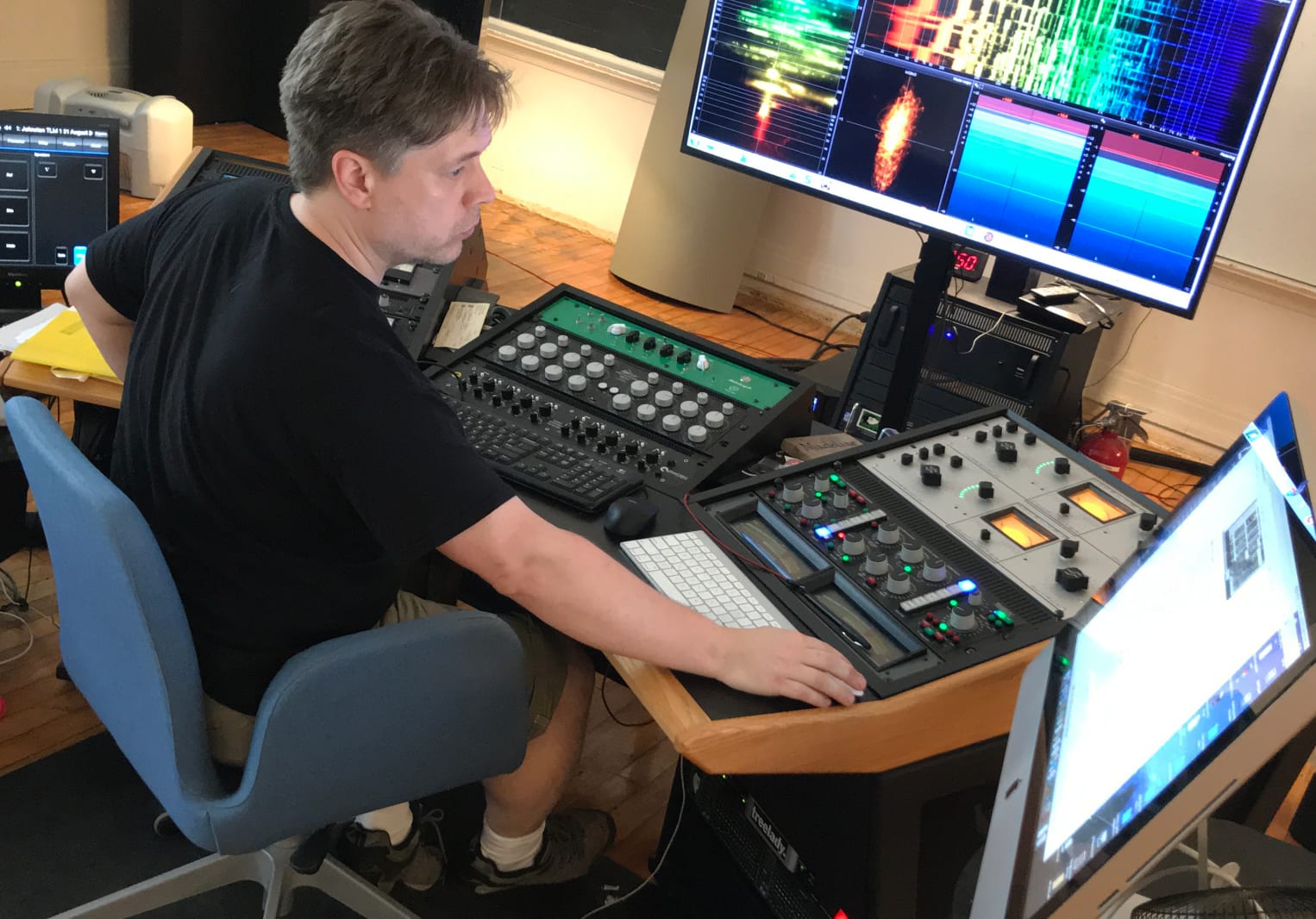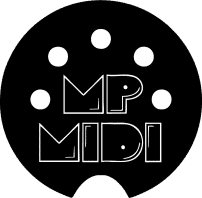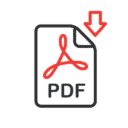P410 JOYRIDE
Overview
P410 Joyride
Redefining what a graphic EQ can do
Sometimes, sound isn’t about balance.
It’s about movement.
About color that breathes, bends, and glows.
P410 Joyride isn’t here to fix your mix; it’s here to make it feel alive.
A journey through tone, texture, and harmonic light.
Welcome to your next obsession.
Tone Flux Graphic Equalizer
Captures the dynamic, fluid interplay between tone, color, and harmonic motion within P410’s design. Each EQ band models an LC (inductor-capacitor) resonant circuit instead of purely RC (resistor-capacitor) network like most modern EQs. This gives it that distinctive “smooth yet weighty” tone associated with vintage passive or semi-passive equalizers.
Features
- 10-band inductor-base graphic EQ
- Variable proportional Q
- SCALE spread frequency bands
- 6 drive engines to design your input transformer
- Near-zero latency
- CPU friendly














Videos
Audio Examples
Specification
Supported Plugin Formats
AU, VST3, AAX (Apple Silicon ready).
Supported Operating Systems
macOS 10.13+ Apple RISC M chip and Intel CPU (Universal 2 Binary)
Windows 10+ x64-compatible CPU
Copy Protection
A one-time challenge & response over the internet. License works on up two separate machines.





11 reviews for P410 Joyride
I’m used to working with curve-based EQs and wasn’t sure how a fixed-band graphic EQ would fit into my workflow, but it actually helps me get results faster. The sound is beautiful, and the interface makes it easy to work quickly. Together with the P42 and P44, this covers nearly all of my EQ needs now
Wow! This is amazing!! Works beautifully on everything — a pleasure to hear this kind of driven, saturated equalizer! Still getting to know this beast!
An amazing plugin!
I own most of the Pulsar Modular masterpieces, and this was an instant buy! It has improved my workflow tremendously, and I look forward to using it in every session.
I had no thoughts about using a graphic EQ, especially in this digital era I’ve been in for the last 20 years. But Joyride completely took the speed of working to another level. It’s not just about speed; whatever I do, it makes the audio I’m after come alive automatically. It delivers great results fast, and I never feel like there’s a wrong move. It’s the closest thing to working with extremely high-end analog gear.
The spectral analysis that happens after you push things up, almost like having a plugin doctor on the backend, is exceptionally useful. It shows you what you’re doing and how it’s affecting other bands in real time, even after you’ve processed the audio. That’s a next-level idea.
Can’t recommend this enough. If you know, you know.